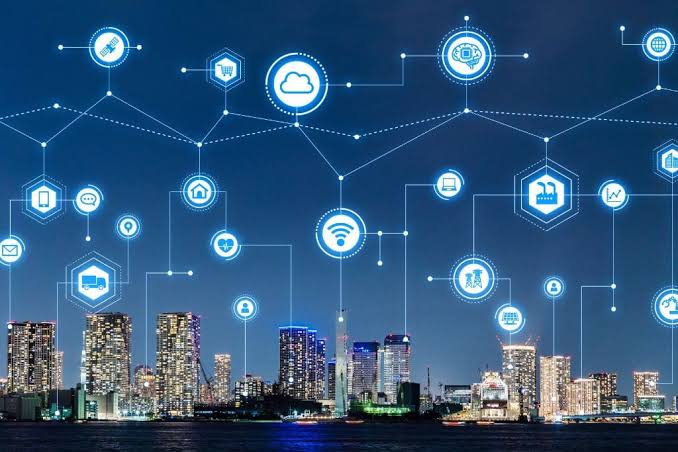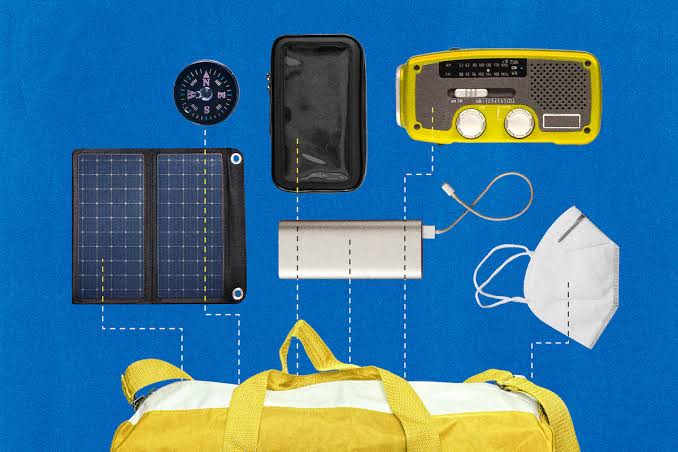Smart gadgets are playing a crucial role in the evolution of smart cities, enabling more efficient, sustainable, and connected urban living. These devices, equipped with sensors, connectivity features, and data-processing capabilities, are helping cities manage resources, improve infrastructure, and enhance the quality of life for residents. From environmental monitoring tools to intelligent transportation systems, smart gadgets form the backbone of many smart city initiatives.
Enhancing Urban Mobility
Transportation is a key focus area in smart city development, and smart gadgets are transforming how people move around.
- GPS-enabled tracking devices help optimize public transit routes and reduce delays.
- Smart parking sensors guide drivers to available parking spaces, reducing congestion.
- Ride-sharing apps integrated with city transport systems provide more flexible mobility options.
These solutions not only make transportation more efficient but also reduce emissions and traffic stress.
Improving Energy Management
Smart gadgets contribute to energy efficiency in cities by monitoring and managing power usage in real time.
- Smart meters track household and commercial energy consumption, allowing for better billing and conservation.
- Intelligent streetlights adjust brightness based on pedestrian and vehicle activity, saving power.
- Solar-powered sensors help manage renewable energy integration into city grids.
By improving energy management, smart gadgets support sustainability goals while lowering costs.
Strengthening Public Safety and Security
Public safety is one of the most visible benefits of smart gadgets in urban settings.
- Surveillance cameras with AI capabilities help detect unusual activity and assist law enforcement.
- Smart emergency alert systems notify residents during natural disasters or emergencies.
- Wearable health monitors for first responders enhance their safety during critical operations.
These innovations make cities safer and more responsive to both everyday risks and major emergencies.
Supporting Environmental Monitoring
Environmental quality is a top concern for modern cities, and smart gadgets are key tools in tracking it.
- Air quality sensors monitor pollution levels and alert residents during hazardous conditions.
- Smart water meters detect leaks and prevent water wastage.
- Noise monitoring devices help manage urban noise pollution.
This data-driven approach allows city officials to address environmental challenges proactively.
Enabling Smart Governance and Services
Smart gadgets are also improving how local governments interact with citizens and deliver services.
- Mobile apps allow residents to report issues like potholes or broken streetlights directly to city departments.
- Smart kiosks provide information on public services, maps, and event schedules.
- IoT-enabled waste bins signal when they need collection, improving waste management efficiency.
These tools foster transparency, efficiency, and greater civic engagement.
Enhancing Healthcare Delivery
Healthcare in smart cities benefits greatly from connected gadgets that improve monitoring and access to services.
- Remote patient monitoring devices track vital signs and send data to healthcare providers.
- Wearable fitness trackers encourage healthier lifestyles and preventive care.
- Telemedicine kits allow consultations without requiring patients to visit hospitals.
This integration reduces pressure on healthcare systems and improves patient outcomes.
Facilitating Data-Driven Decision Making
The data collected by smart gadgets is vital for informed city planning.
- Real-time traffic data helps optimize road expansions and traffic signal timings.
- Environmental sensor data supports urban green space planning.
- Utility consumption analytics guide infrastructure investments.
When processed and analyzed, this data shapes smarter and more sustainable urban policies.
Challenges in Implementation
While smart gadgets offer great benefits, their integration into city systems comes with challenges.
- Data privacy and cybersecurity risks require strong protection measures.
- High installation and maintenance costs can limit adoption.
- Interoperability issues arise when different devices and platforms cannot communicate effectively.
Addressing these issues is essential for long-term success.
Conclusion
Smart gadgets are a driving force in the creation of smart cities, influencing transportation, energy use, public safety, environmental management, governance, and healthcare. They not only enhance urban living but also help cities meet sustainability and efficiency goals. As technology continues to advance, the role of smart gadgets will expand further, making cities more adaptive, connected, and people-focused.




Interesting